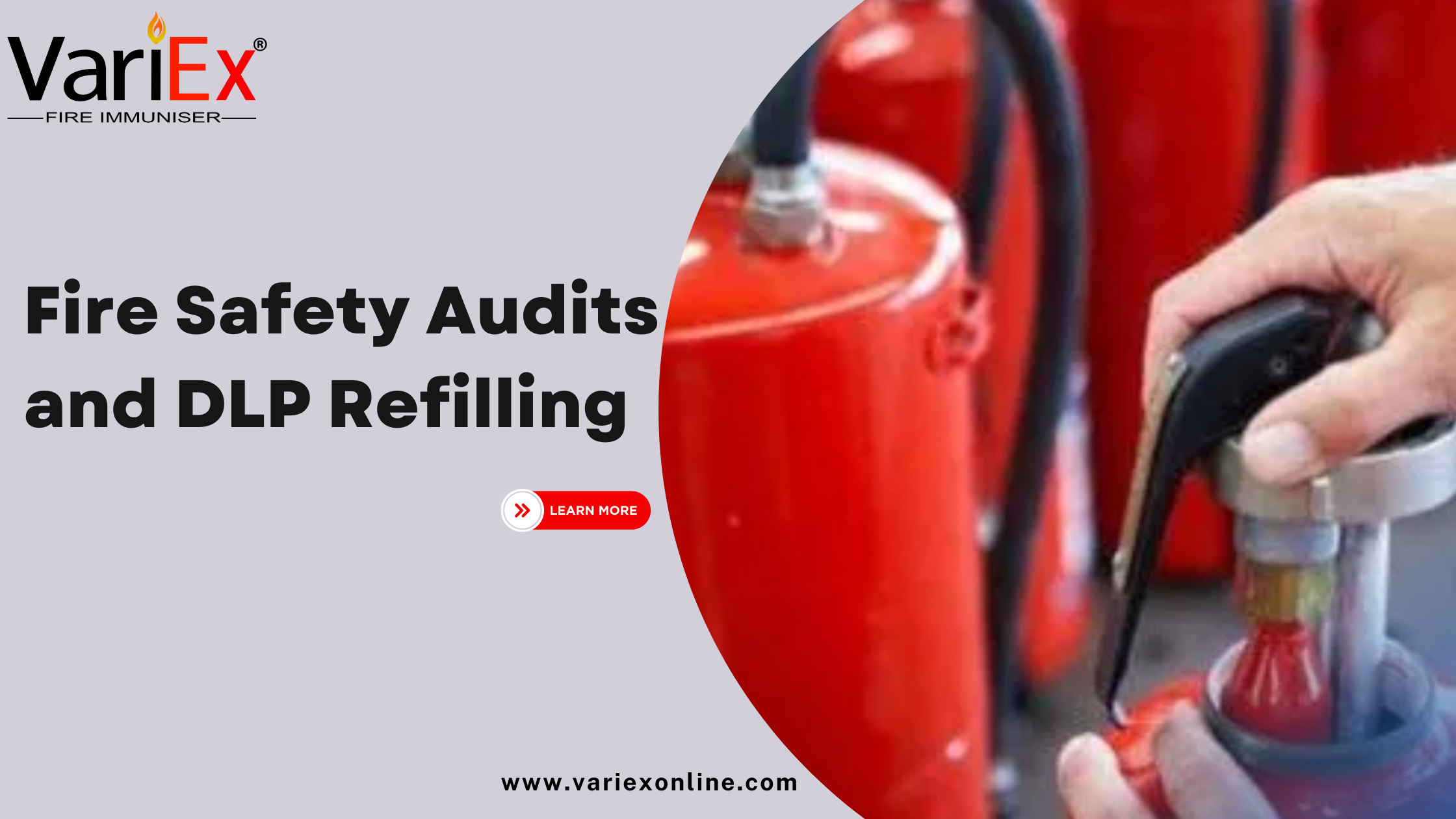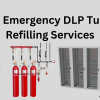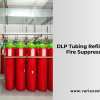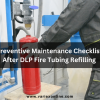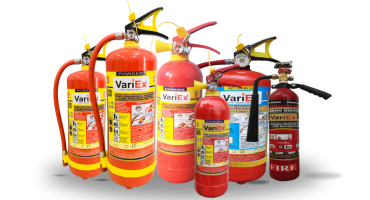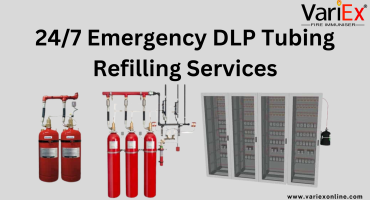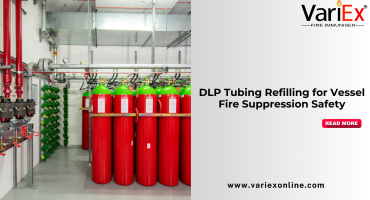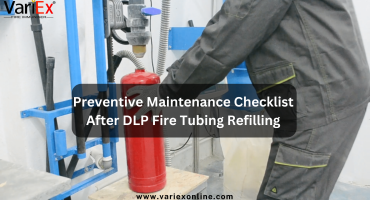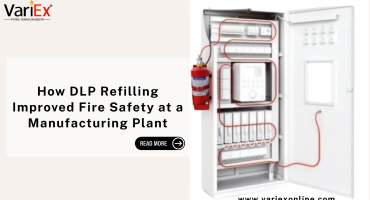![]()
Fire Immuniser
+91-7829629111
Email: info@variex.in
Varistor Technologies Pvt. Ltd.
Block-1, First Floor, Ardente Office One, Hoodi Circle, ITPL Main Road, Bengaluru, Karnataka 560048, IN
Fire Safety Audits and DLP Refilling
Fire Safety Audits and DLP Refilling
Fire safety isn’t just about having the right equipment—it’s about ensuring that equipment is functional, compliant, and ready to operate in an emergency. One of the most critical components of any fire protection system is the DLP unit. Combined with scheduled fire safety audits, timely DLP refilling creates a proactive approach to fire prevention and workplace protection.
In 2025, businesses are under increasing scrutiny to comply with fire safety regulations, and failure to do so could mean penalties, shutdowns, or worse—loss of life. This blog explores the vital relationship between fire safety audits and DLP refilling, offering actionable insights and best practices.
What Is a Fire Safety Audit?
A fire safety audit is a structured assessment of a facility's fire protection systems, emergency preparedness, and compliance with fire codes and standards. Conducted by certified professionals or fire authorities, these audits help identify:
-
Equipment faults or expiry
-
Gaps in fire safety protocols
-
Non-compliance with legal standards
-
Training or evacuation deficiencies
Fire audits are typically conducted annually but can be more frequent depending on the facility type or local regulations.
Understanding DLP Systems
A DLP (Dry Liquid Propellant) system is a fire suppression solution that uses a chemical or inert gas to extinguish fires without causing water damage. It's widely used in:
-
Data centers
-
Server rooms
-
Medical labs
-
Commercial kitchens
-
Industrial control rooms
Because DLP systems are non-water-based, they're ideal for environments where sensitive equipment is present.
How Fire Safety Audits Assess DLP Systems
During a fire safety audit, inspectors pay close attention to DLP system components. Here’s what they typically check:
-
System pressure and integrity
-
Refill and maintenance history
-
Expiration date of chemicals
-
Cylinder corrosion or damage
-
Proper labeling and signage
-
Functional alarms and sensors
-
Record of last refill or discharge
If any of these elements fail the audit, the facility can be flagged for non-compliance and must take corrective action immediately.
Common Audit Findings Related to DLP Refilling
Many fire audits uncover issues with DLP systems that revolve around improper or outdated refilling. Common violations include:
-
Expired refill dates
-
Low-pressure levels
-
Unauthorized tampering
-
Missing inspection documentation
-
Leaking or corroded cylinders
Failure to address these problems can result in system failure during a fire, insurance denial, or legal penalties.
The Legal Framework: Standards Governing Audits & Refilling
Fire safety audits and DLP refilling fall under several regional and global standards, such as:
-
NFPA 10 & 2001 (USA)
-
ISO 14520-1:2015 (International)
-
OSHA Regulations
-
Local Fire Safety Acts & Building Codes
These standards mandate regular maintenance, timely refills, and accurate documentation. Many authorities require at least one audit annually and DLP system inspections every 6–12 months.
The Role of Preventive Maintenance in Audit Success
A well-maintained DLP system is unlikely to fail an audit. Preventive measures include:
-
Routine inspections by certified technicians
-
Timely refilling after discharge or expiration
-
Keeping a maintenance logbook
-
Scheduling digital reminders for upcoming service
Being proactive with DLP refilling improves not only audit outcomes but also safety assurance.
How Often Should You Refill Your DLP for Audit Compliance?
While refill frequency depends on usage and system type, general industry recommendations are summarized below:
| Facility Type | DLP Refill Frequency | Audit Frequency |
|---|---|---|
| Data Centers & Server Rooms | Every 3 Years | Annually |
| Manufacturing Plants | Every 2-3 Years | Twice a Year |
| Healthcare Labs & Hospitals | Every 2 Years | Annually |
| Oil, Gas & Hazardous Zones | Every Year | Quarterly |
| Commercial Offices | Every 5 Years | Annually |
Staying ahead of these timelines increases the likelihood of passing audits without any flags or penalties.
DLP Refilling Checklist for Audit Preparation
Here’s a practical checklist to ensure your DLP system passes audit evaluation:
-
✅ Pressure gauge in green zone
-
✅ No signs of leaks or corrosion
-
✅ Refill tag and serial number visible
-
✅ Last refill date recorded
-
✅ Cylinder is securely mounted
-
✅ Safety seal is intact
-
✅ Documentation available for last service
If any of these boxes are unchecked, schedule maintenance before your audit date.
What Happens If You Fail a Fire Safety Audit?
Failing an audit due to DLP negligence can result in:
-
Temporary shutdown of the facility
-
Legal fines or citations
-
Increased insurance premiums
-
Mandatory re-audit costs
-
Operational delays and reputational harm
Corrective action usually must be taken within a specified time window, often 7–30 days, depending on jurisdiction.
Case Study: Avoiding Audit Penalties Through Timely DLP Refilling
In 2023, a logistics company in Texas nearly failed their annual audit because of an expired DLP unit in their control room. Fortunately, they had implemented a smart monitoring system that alerted their fire safety team five days prior. A quick refill by a certified technician prevented non-compliance, saving the company thousands in potential fines.
How to Choose the Right Vendor for DLP Refilling and Audits
Look for service providers that offer:
-
Certified technicians (NFPA, ISO-compliant)
-
24/7 emergency response
-
Digital documentation and reporting
-
Annual maintenance contracts
-
Real-time refill alerts and pressure monitoring
Vetting your provider ensures consistent compliance and peace of mind.
Integrating Fire Safety Audits into Business Strategy
Smart companies go beyond compliance. They integrate audits and DLP maintenance into their overall risk management plans. This includes:
-
Budgeting for annual fire safety costs
-
Training staff in emergency protocols
-
Using IoT-based monitoring tools
-
Conducting internal mock audits
This strategic approach turns compliance into competitive advantage.
Conclusion:
Fire safety is a 24/7 responsibility. Your next audit could be the difference between smooth operations and operational shutdown. By prioritizing DLP refilling and preparing for fire safety audits, you're not just meeting standards—you're safeguarding lives and assets.
If it’s been over a year since your last inspection or refill, don’t wait. Book your next fire safety service today.
Frequently Asked Questions
To assess a facility’s fire safety compliance and ensure that all suppression systems, including DLPs, are functional and legally maintained.
Typically every 2–5 years, depending on usage, environment, and manufacturer guidelines.
Yes, internal audits can help—but legal compliance usually requires third-party or certified auditor verification.
You’ll likely fail that portion of the audit and must schedule an urgent refill and follow-up inspection to comply.
Audits cover all systems—sprinklers, alarms, extinguishers, and DLPs—but DLPs are often flagged due to chemical expiry or overlooked maintenance.
Final Say
At VariEx.in and VariexOnline.com, we specialize in supplying and installing top-quality fire fighting systems and equipment. From fire extinguishers to advanced suppression systems, we offer comprehensive solutions tailored to your needs. Our experienced team ensures precise installation and maintenance for optimal safety.
Trust VariEx for reliable fire protection. Contact us online or call 7829629111 to learn more.
We specialize in manufacturing, supplying, and distributing a comprehensive range of fire fighting equipment, including state-of-the-art fire extinguishers. Read our most searched blogs and find interesting information on topics such as how to use a fire extinguisher, how to calculate fire fighting water tank capacity, fire extinguisher refilling, obtaining a Fire NOC, understanding fire fighting systems, types of fire protection systems, the fire hydrant system, and the fire sprinkler system. These resources provide essential knowledge for ensuring safety and compliance with fire safety regulations. Additionally, you can explore guides on the maintenance of fire protection equipment, the latest advancements in fire safety technology, and best practices for fire risk assessment and management.
Our expertise extends to fire alarm systems, fire hydrant systems, and fire suppression systems, including fire sprinklers. Each product meets rigorous international standards for reliability and performance, ensuring effective fire safety products tailored to diverse applications and industries. Additionally, we are providing Fire Extinguisher Refilling and AMC services to ensure ongoing maintenance and operational readiness of fire safety equipment.


